The meaning of life, says Simon Barnes, is not 42. It’s 23.5.
When the Earth’s northern hemisphere tilts back towards the sun on our annual spin round the block, the angle of tilt is 23.5 degrees. The Tropics of Cancer and Capricorn sit at 23.5 degrees north and 23.5 degrees south. So if you live above or below those lines, you get seasons.
In short, 23.5 gives us spring. And Simon, one of the most acclaimed nature writers of our time, is very happy about that.
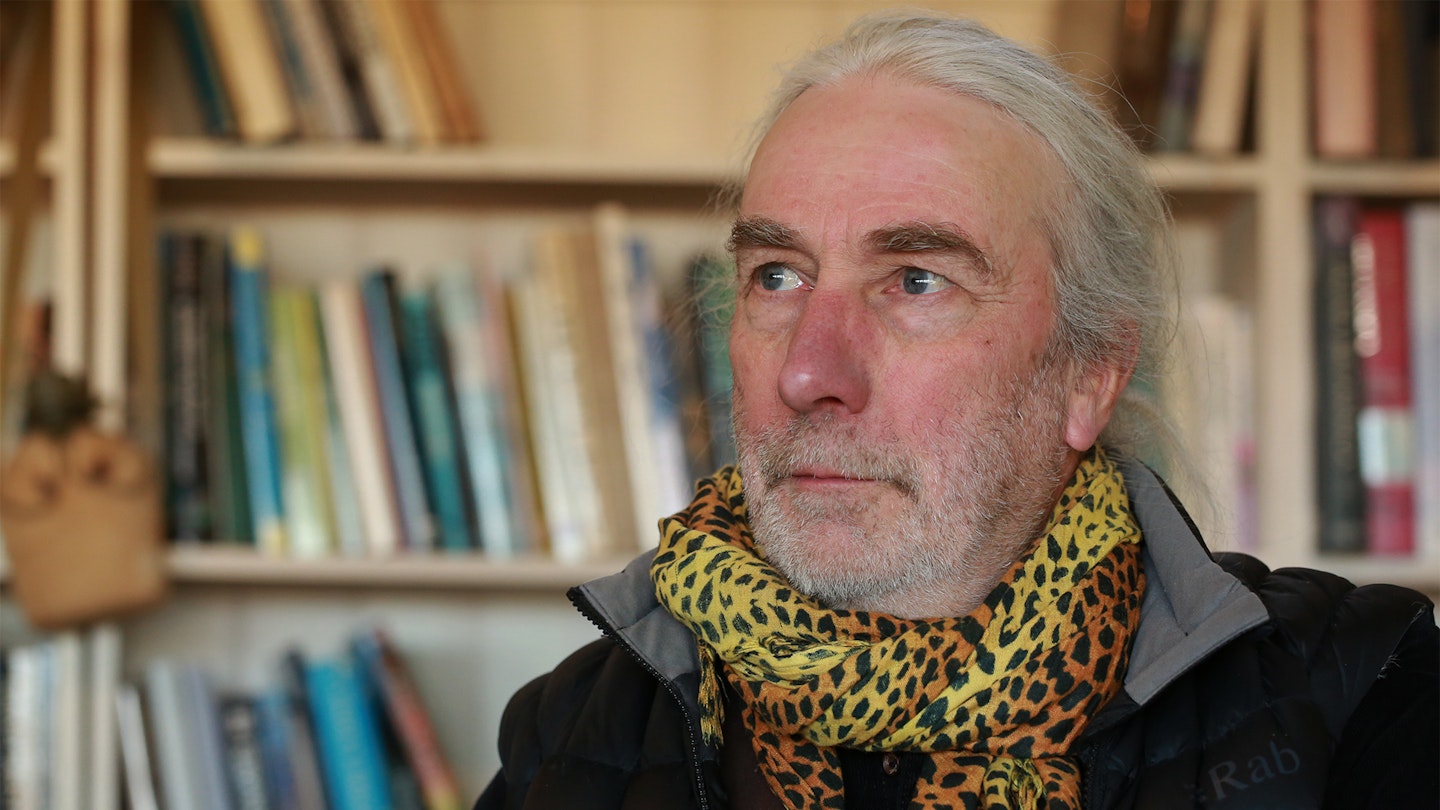
“I have slept in rainforest, patted a great whale and walked with lions; I have heard the B Minor Mass, read Ulysses and strolled round the Van Gogh Museum in Amsterdam – and spring is more miraculous than them all.”
That quote appears on page one of his new book, and they pitch the story perfectly. It’s titled Spring is the Only Season: How it Works, What it Does and Why it Matters, and it’s a 409-page love letter to the season of boxing hares and basking adders; the season that defines Easter and drives the action of Sleeping Beauty, The Wind in the Willows and The Lion, the Witch and the Wardrobe.
The book is about our obsession with spring; our soul-deep need for it. Spring is everywhere in our mythology, says Simon. Bacchus and Dionysus; the Green Man and John Barleycorn. Even our modern-day heroic epics involve characters who endure dark and devastating experiences (i.e. winter) before emerging to become Batman, Iron Man or Captain America.
“Spring is life. Spring is the season of plenty. The season of hope,” he says.
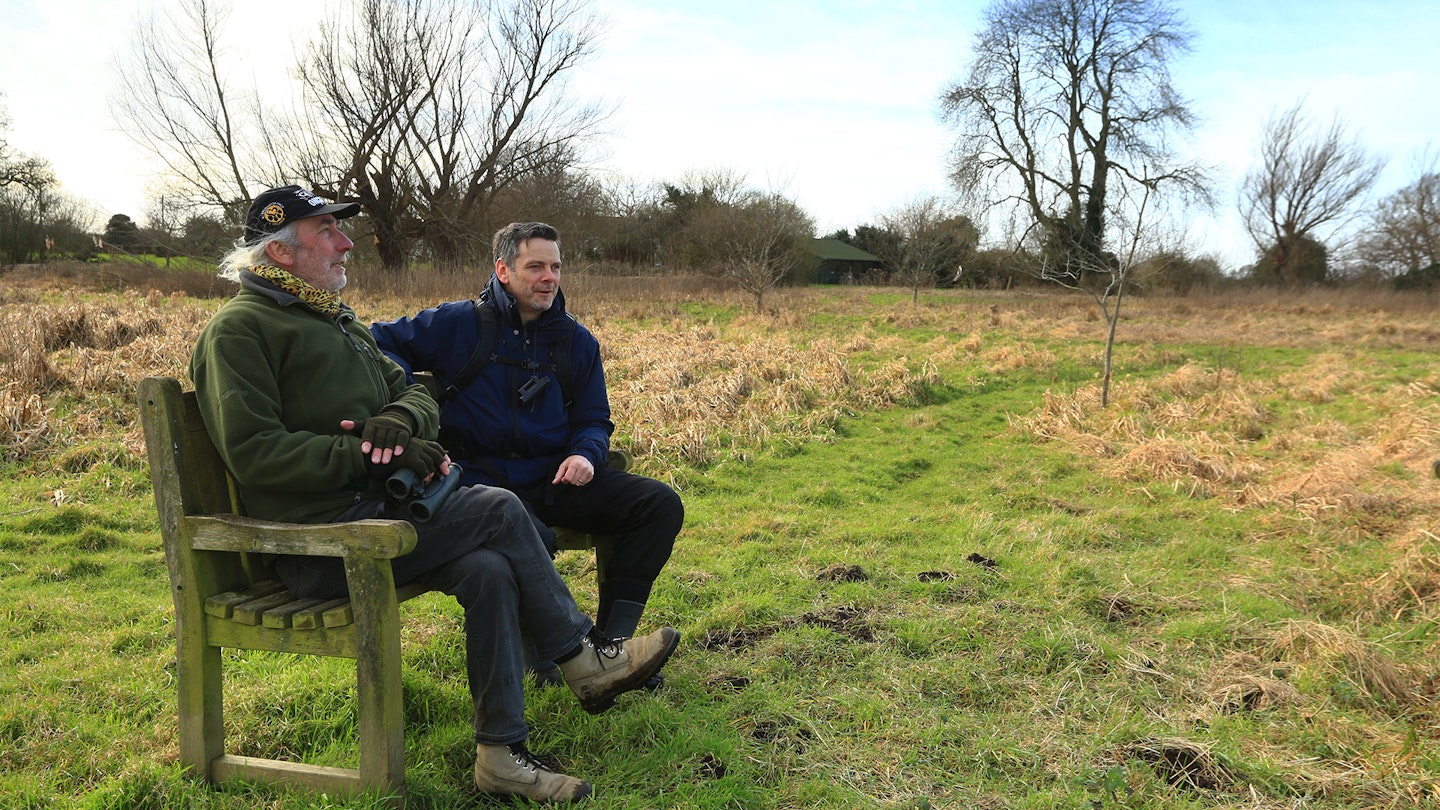
“The reason you can get through winter, with all its difficulties, is because you know in your heart that better times will come. Spring is a profound experience, felt deep in the guts. It’s a miracle. It’s faith.”
He says this as we chat in his study, housed in a shed at the bottom of his garden in a quiet corner of Norfolk. I say shed; it’s more like a pavilion, which is apt for a journalist who spent 30 years writing about sport for The Times.
Its key feature is an enormous single-pane window looking out onto a swathe of marsh, reedbed and sallow scrub which recedes all the way to the languid River Chet on the horizon. It’s perfect for springwatching.
And for distraction.
Simon will often stop in mid-flow to whisper ‘egret!’, ‘marsh harrier!’ or ‘water deer!’ and grab the binoculars. Or to point to his ear and say ‘song thrush – not singing yet, just trying out some ideas’.
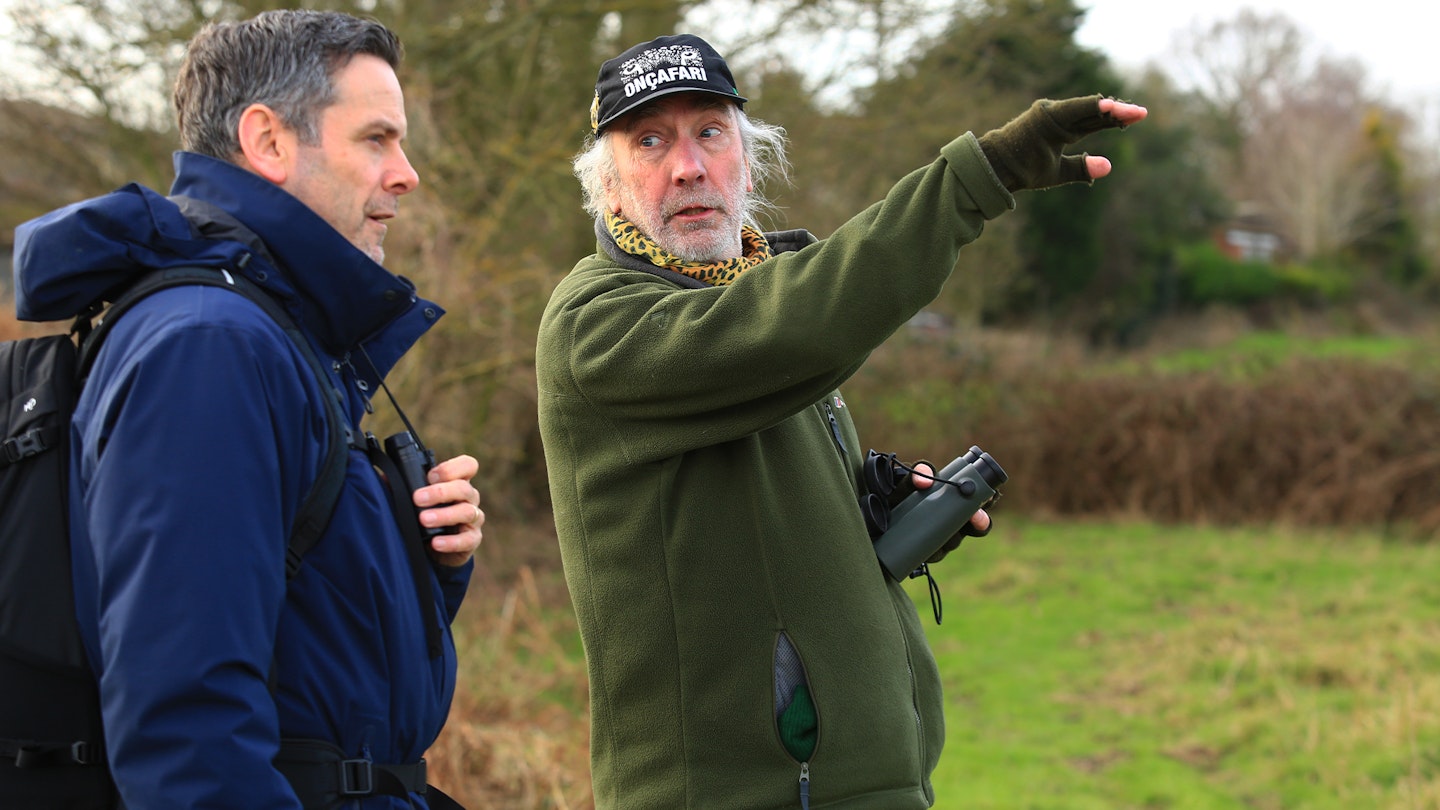
It’s a wonder he’s able to finish any book at all, let alone a canon of over 30 bestsellers including Rewild Yourself, How to be a Bad Birdwatcher and The History of the World in 100 Animals.
Surely the distractions must be unbearable when spring hits its stride?
“I do have to turn my back on it sometimes,” Simon admits. “But as distractions go, these ones are exceedingly benevolent.”
Does he ever feel overwhelmed by spring in full spate?
“My goodness, yes – in the very best way. The whole soul-filling synaesthesia of it, the kick to the head, the rising crescendo, the cacophony. There’s an old Harry Secombe song called If I Ruled the World and the first line is ‘every day would be the first day of spring’. I agree. I definitely do not wish it could be Christmas every day.”
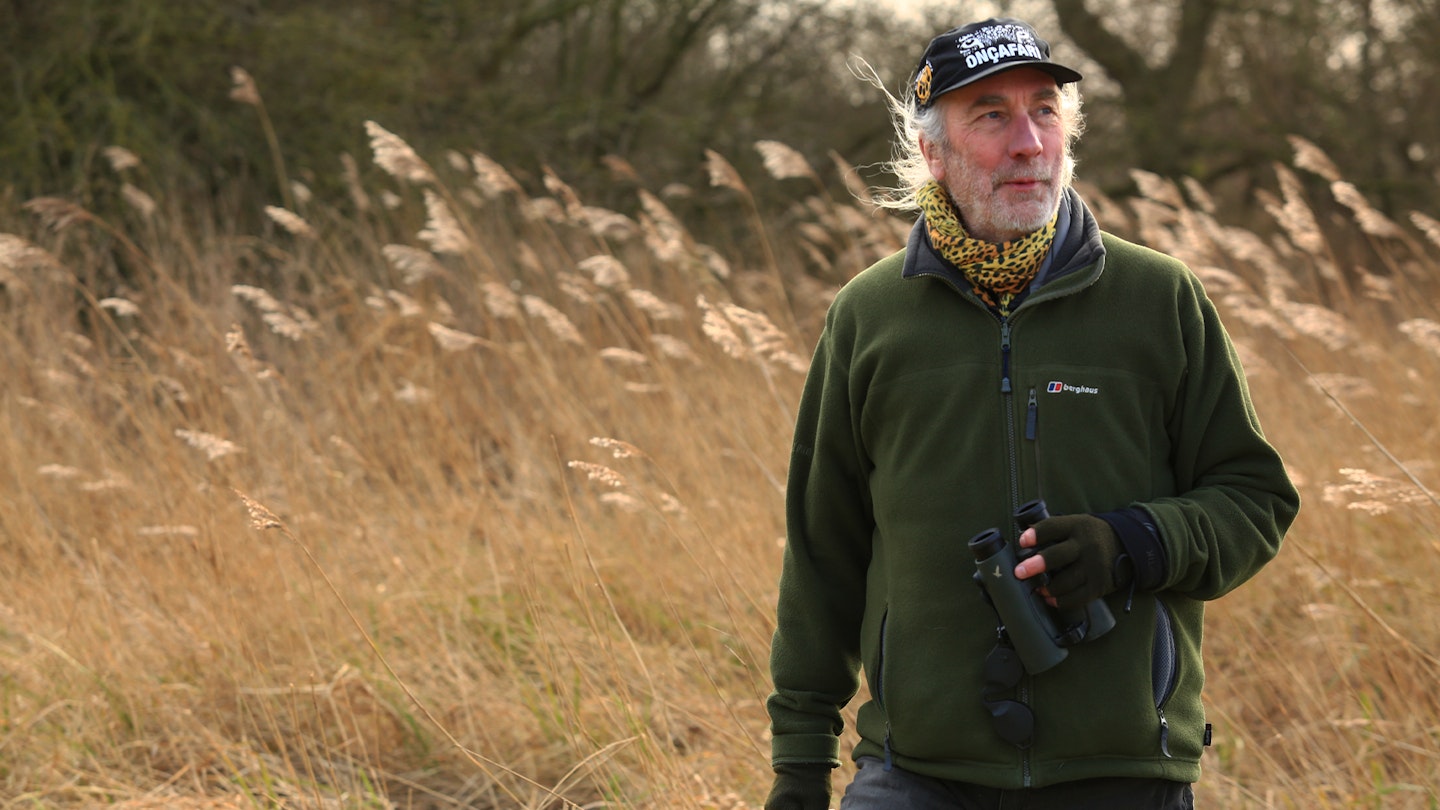
The book overflows with wildlife knowledge, but it’s imparted with warmth, wit and joy. He’s a sharer, not a show-off. Perhaps that’s to be expected from a naturalist who is almost entirely self-taught.
As a child Simon ‘ingested’ The Observer’s Book of Birds. On Saturdays he would catch the bus from his parents’ house in Streatham to the Natural History Museum to ‘revel in everything’.
But as he grew up, he felt timid about committing fully to the hobby, dreading that he was ‘bad at it’. His Damascene conversion came at the age of 30, on a trip to Sri Lanka with his then girlfriend.
“We missed a flight and had to wait a week for another one, so she suggested we should ‘go and do the wildlife’. I resisted because I presumed I would do it badly, but she persuaded me. We hired some binoculars and off we went.
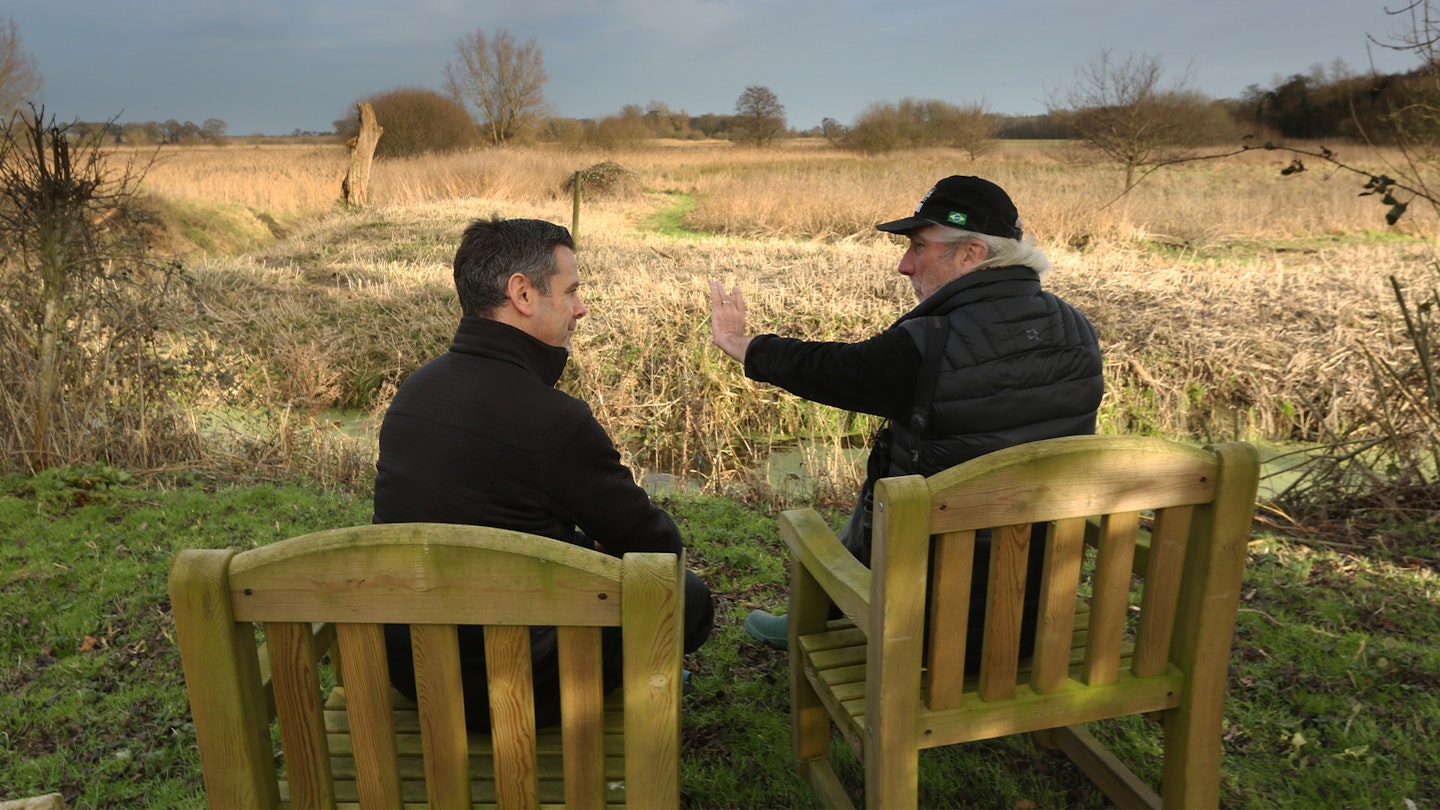
“And something happened. It all clicked. I loved every minute of it. I understood more than I thought I did. And I thought ‘why have I wasted the last 20 years not doing this?’”
For that reason, he’s envious of anyone starting out on their journey as a wildlife enthusiast today.
“It’s now easier than it has ever been to be curious about nature,” he says.
“I don’t get it when people say they wish they had learned more about natural history at school, as if that was their only chance and they missed the boat.
“Today there is an abundance of information. We have apps that can identify that thing standing or happening in front of you that you’d like to know more about. A plant, a tree, the call of a bird. So be curious, join the dots, fill in the gaps. You may be surprised and amazed how quickly you become rather good at it.”
"You cease to be a spectator and become a participant.”
There is of course no better way to get good than by going for walks. Simon is a prodigious walker, having explored deserts, rainforests, savannahs and some of the tallest mountains across the world.
“I go on a lot of safaris but the best part is always getting out of the Land Cruiser and walking. The engagement with the landscape, and the animals within it, is entirely different. Your pace is different. You move like the wildlife does. You are more aware, more alive. Your vision is 360° You cease to be a spectator and become a participant."
But it’s not always about exotic, far-flung locations. Simon and his wife Cindy own the riverine acres around their home, where they practise ‘light-touch conservation’ and take daily walks to savour the sights and sounds as the earth turns and the landscape changes.
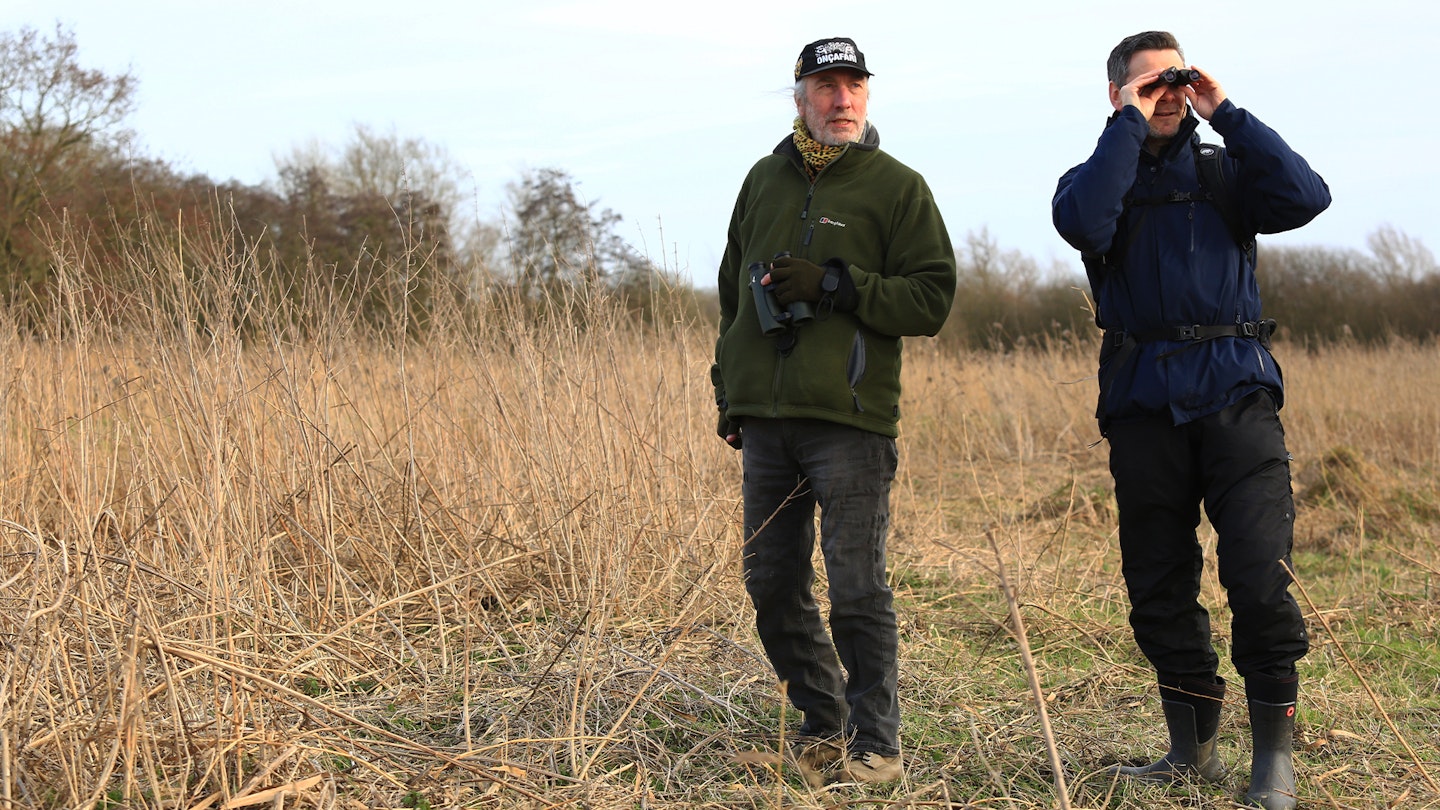
It’s a process which unexpectedly gave rise to one of Simon’s best-loved books – The Year of Sitting Dangerously – and which also features in the new one. Each chapter ends with a summary of the signs of spring Simon has witnessed on his local patch in the days it took him to write it.
Take a random week at the end of February: Singing skylark, toad in car park, sky-dancing marsh harriers, very loud dunnock, magnolia with buds ready to burst, excellent wren song – two trills and a flourish at the end.
It begs the question of whether Simon goes walking to seek inspiration. His answer is both surprising and adorable.
“There’s a presumption that writers go for walks to be inspired, and I once had that presumption myself, but often it’s quite the opposite.
“I once went for a long walk with my father along the coast in Cornwall, and I took a notebook so I could write down all the great thoughts and ideas I was going to have.
“I didn’t make a single note. People talk about mindfulness, but what I was enjoying was the mind_less_ness. The freedom from thought. The total engagement with the landscape and the wildlife, the intermittent banter with my father, and the important issues like whether we were going to make the pub in time for lunch.”
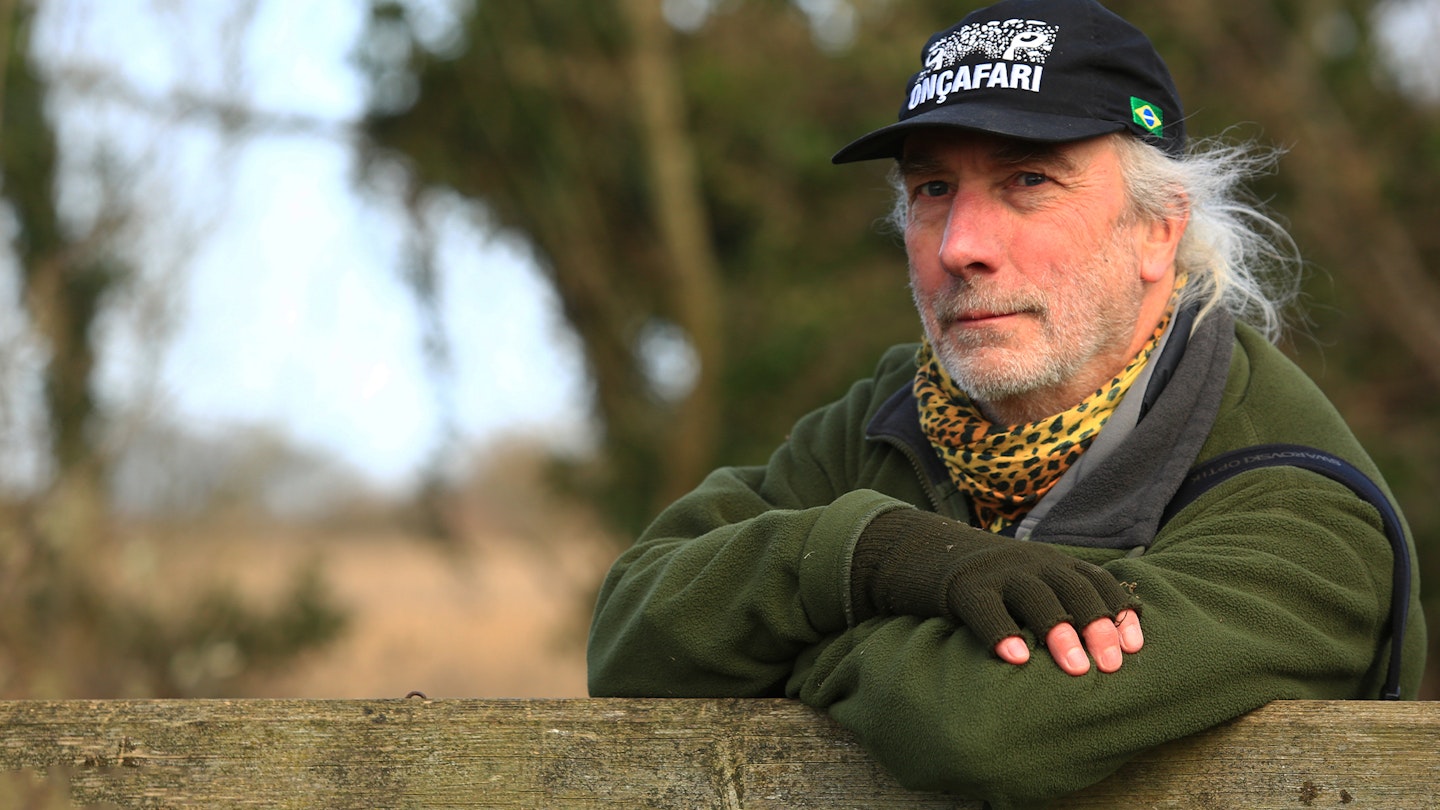
I finish by asking if this book is the first in a quartet, or if only spring could bewitch him in this way.
“That’s the question in my head at the moment, actually,” he replies.
“After I finished The History of the World in 100 Animals, I made a joke about doing the same for plants. A joke. I told myself ‘don’t you bloody dare’. Then almost immediately asked myself, ‘hm, just hypothetically, I wonder what they would be?’
“The following year I published a book called The History of the World in 100 Plants. So the answer to your question is absolutely certainly and unquestionably ‘never’...
...Probably.”
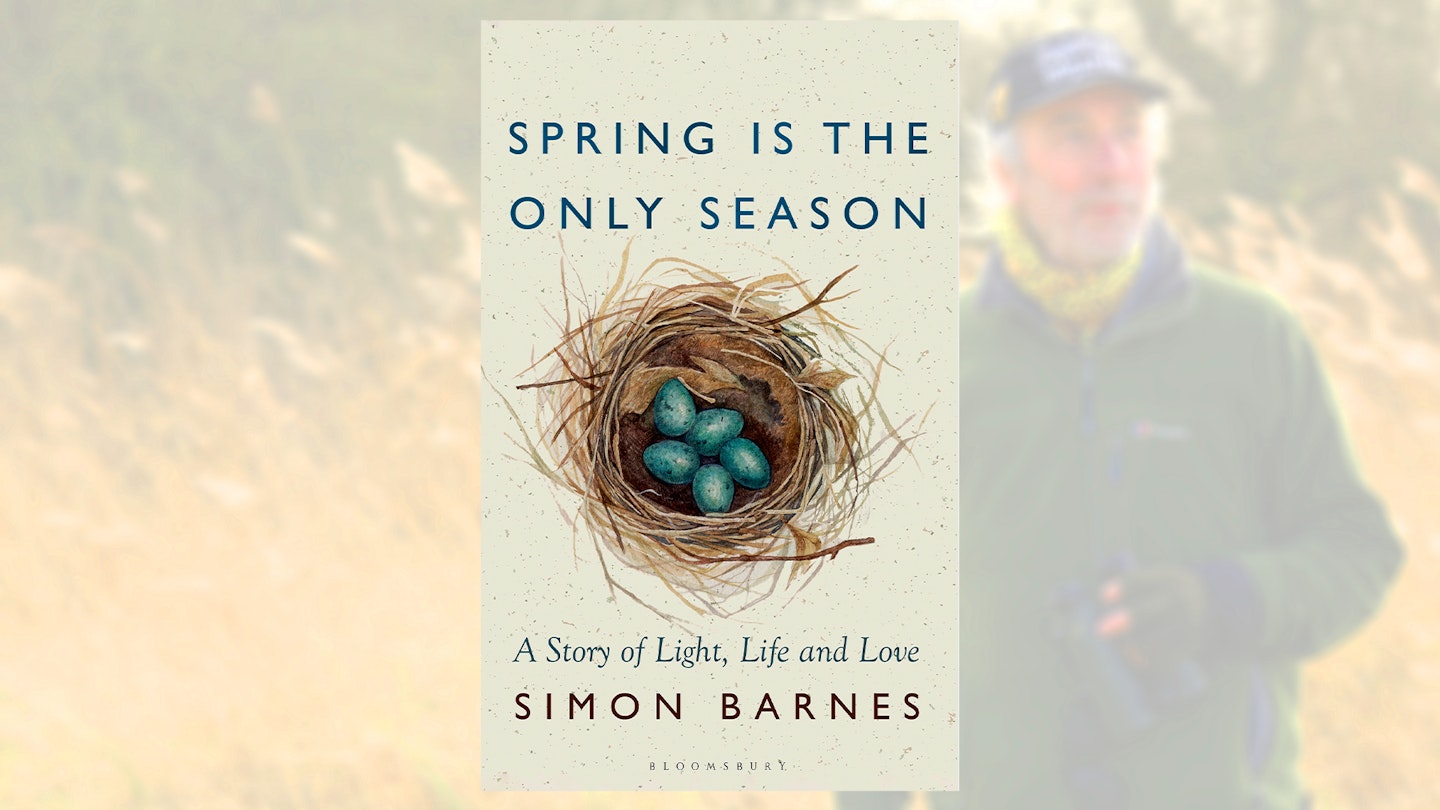
Spring is the Only Season is available now, published by Bloomsbury. Find out more about Simon at simonbarnesauthor.co.uk
